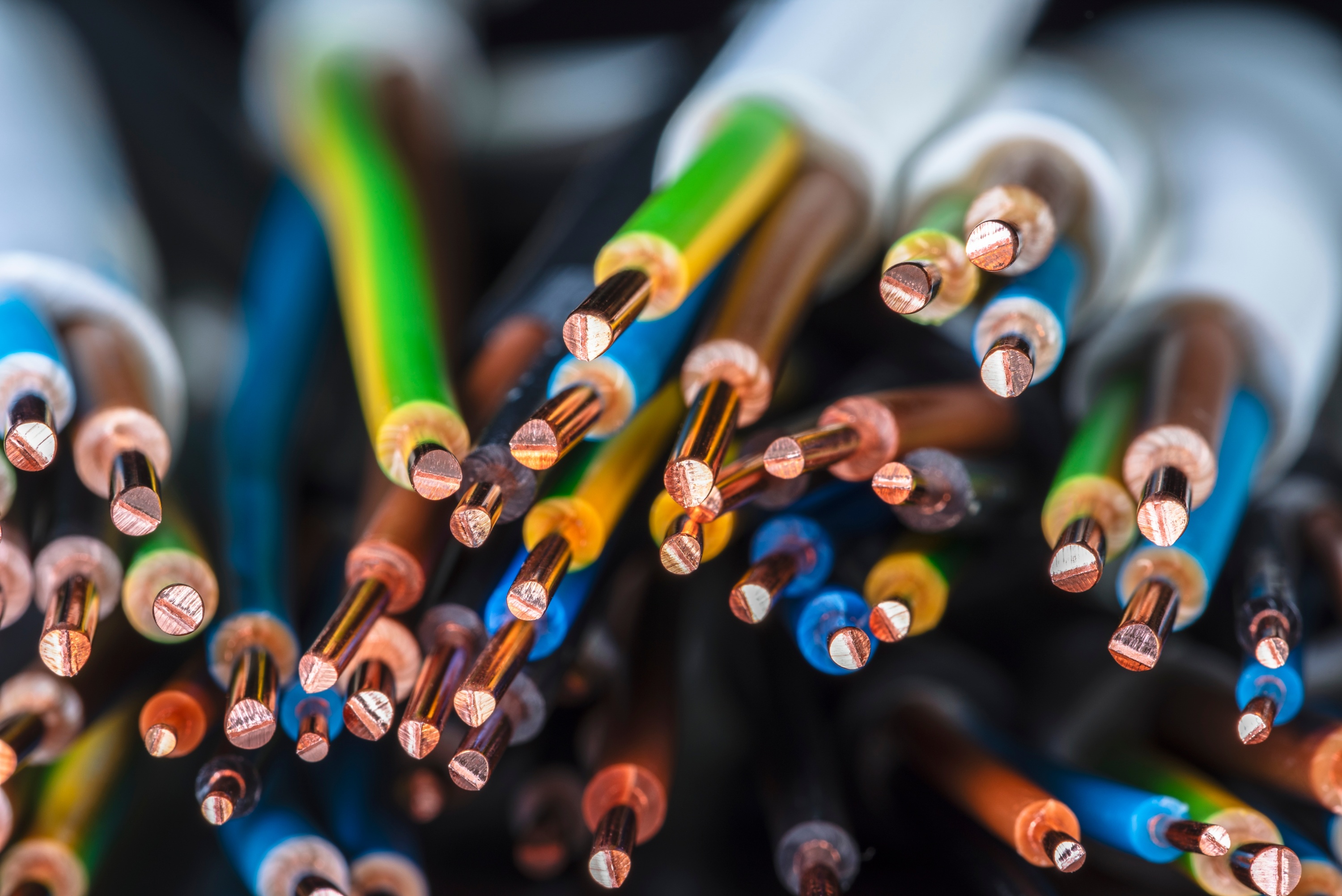Introduction
C17200. or Alloy 25. is a high-performance copper alloy known for its remarkable strength, conductivity, and resilience. This material stands out in industries where reliability and durability are essential, thanks to its unique blend of properties. C17200 is commonly referred to as beryllium copper due to its beryllium content, which enhances its mechanical and thermal capabilities. In this article, we'll explore the fundamentals of C17200. its heat treatment processes, common applications, and what makes it a preferred choice among stainless steel purchasers.

What is C17200 Material?
C17200 is a copper-beryllium alloy with approximately 1.8% beryllium content, which significantly boosts its strength while maintaining excellent thermal and electrical conductivity. Its defining characteristics include:
High Strength and Hardness: With a tensile strength of up to 200.000 psi after heat treatment, C17200 is considered one of the strongest copper alloys.
Exceptional Conductivity: It maintains good electrical and thermal conductivity, ideal for applications needing both strength and conductivity.
Corrosion Resistance: Resistant to many corrosive elements, which makes it suitable for harsh environments.
Example Case: Manufacturing Electronics Connectors
In electronics manufacturing, C17200 is often used for connectors due to its high strength and conductivity. For instance, it enables durable yet flexible connections within a circuit while maintaining performance under varied temperatures. Such versatility is essential in sectors like aerospace, where reliability under extreme conditions is critical.
What is the Heat Treatment for C17200 Beryllium Copper?
Heat treatment is a vital process in unlocking the full potential of C17200. Proper heat treatment can improve strength and hardness without compromising other properties.
1.Solution Annealing: This step involves heating the alloy to approximately 800°C, holding it there, then rapidly cooling it. Solution annealing dissolves the beryllium into the copper matrix.
2.Aging: Once annealed, the alloy is aged by reheating to around 300°C and holding for several hours. This aging process allows the dissolved beryllium to precipitate out, creating an even distribution of hardness and strength.
The result of this two-step heat treatment is an alloy with significantly improved mechanical properties and increased wear resistance, making it an ideal candidate for high-stress applications.
Data Point: Heat-Treated vs. Non-Heat-Treated C17200
Studies show that heat-treated C17200 can achieve up to 20% higher tensile strength than non-treated C17200. which is crucial for applications where maximum durability is required. This process not only enhances hardness but also ensures long-term reliability, which can lead to cost savings by reducing the frequency of replacements.
Where is Beryllium Copper Used?
C17200 beryllium copper’s unique properties make it suitable for applications across various industries. Here are some primary uses:
Electronics and Telecommunications: Due to its conductivity and resilience, C17200 is used in connectors, switches, and springs that require reliable electrical transmission.
Aerospace and Defense: The high strength and durability of C17200 make it suitable for components subjected to extreme conditions, like landing gears, bearings, and bushings.
Automotive Industry: It is used in fuel system components, transmission springs, and engine parts where high wear resistance and conductivity are needed.
Mold Making and Tooling: C17200 is also used for molds and dies as it withstands high pressures and temperatures while maintaining shape and hardness.
User Story: C17200 in Aerospace Applications
One aerospace manufacturer reported that switching to C17200 for its landing gear bushings improved durability by 30% under high-stress testing. This change reduced the frequency of part replacements, ultimately leading to significant cost savings over time.
Conclusion
C17200. or Alloy 25. is a powerful copper-beryllium alloy that combines strength, conductivity, and corrosion resistance, making it a standout material across multiple high-performance industries. Its ability to undergo heat treatment for enhanced strength further broadens its application potential, from electronics and automotive to aerospace and tooling.